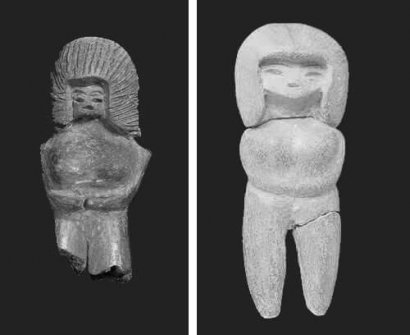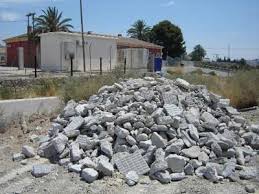 The electrons of an atom are distributed in an area or region around the nucleus. This region has energy levels that form orbits, which are represented by letters or numbers. Thus, the number of electrons present in the most extreme orbit is known by a denomination, valence electrons.
The electrons of an atom are distributed in an area or region around the nucleus. This region has energy levels that form orbits, which are represented by letters or numbers. Thus, the number of electrons present in the most extreme orbit is known by a denomination, valence electrons.
The most extreme orbit is in turn called the valence orbit.
The maximum number of electrons that can be accommodated in the most extreme orbit is eight. Because of this, elements with an extreme and fully complete orbit are claimed to have an octet configuration.
These types of elements do not combine easily with others and, consequently, have very little reactivity.
In other words, their ability to combine is practically nil.
Elements whose valence orbit is incomplete have a tendency to complete their octet configuration and end up combining with atoms of the same or different type. Thus, the ability of an atom to combine with another atom is called valence.
The valences figure indicates the possibilities that an atom has when combining with another to achieve a compound. This measure is related to the amount of chemical bonds established by the atoms of an element of that category.
There are several types or modalities of valences.
The fixed ones only have one way to combine and all their states are positive (some of the elements with this characteristic are lithium, sodium, potassium, silver, magnesium and zinc).
The variables have two or more ways of combining (copper, mercury, tin, lead and platinum have this particularity).
There are also fixed valences of nonmetals (for example, in hydrogen, fluorine, or oxygen) and variable valences of metals.
In any case, all these characteristics are organized by tables where the different chemical elements are grouped.
An illustrative example related to the ability of chemical elements to combine
Elements combine with other elements in various ways: losing, obtaining, or sharing their electrons. For example, the electron configuration of sodium (Na) is 2, 8, 1 and that of chlorine (Cl) is 2, 8, 7 and, consequently, it is easier for sodium to lose one electron than to gain seven electrons to complete its octet (in contrast, chlorine easily accepts one electron to complete its octet rather than losing seven electrons).
In other words, both sodium and chlorine have a valence of 1, since their combination capacity is 1.









